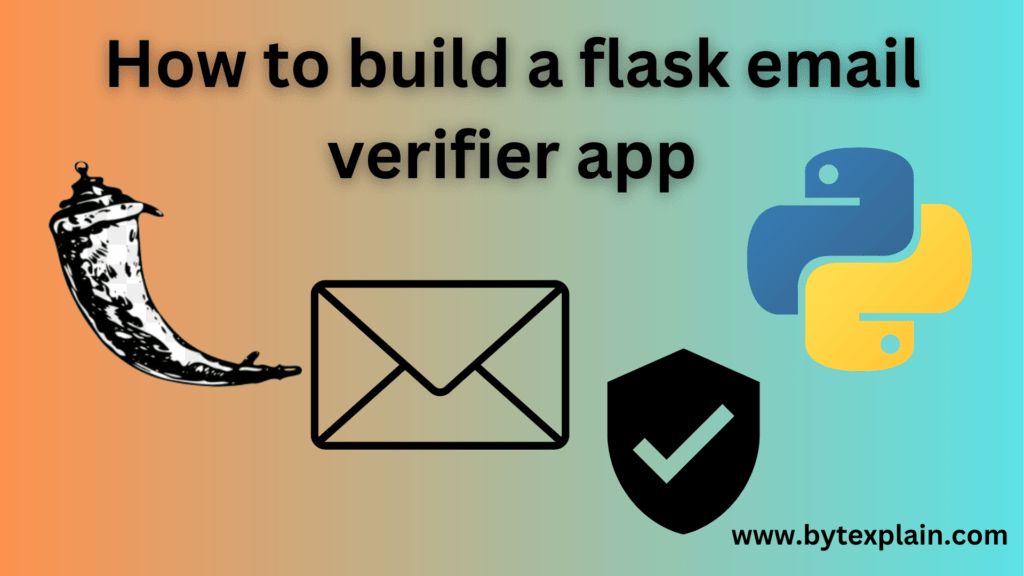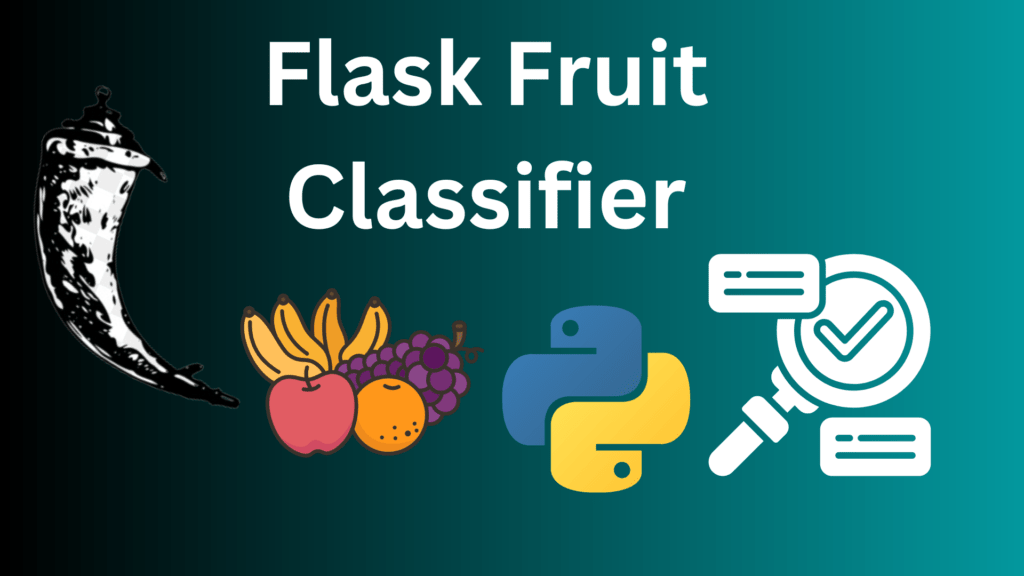Introduction
In this tutorial, we will be looking at how to build an email-verifying application app using python. You will be able to know the integrity of the said email such as its disposability, last updated date, hosting provider, and much more.
Table of Contents
Install modules
In this tutorial, we will be using Flask as our basic web server, requests to make HTTP requests to our RapidAPI API. To install the above modules run the following commands on your terminal.
pip3 install Flask
pip3 install requestsFile Structure
To begin create a folder called flask-email-verifier which will contain our project files. Inside create a folder called templates and create a file called index.html
Import modules
Now let’s create a file called app.py in the flask-email-verifier and import the modules shown below.
from flask import Flask, request, render_template
import requests
Initialize app
Now let’s initialize our flask application as shown below.
app = Flask(__name__)Create view
Now let’s create our view, here we will be using an API from Rapidapi which we will use to get the data about the said email we are looking at. After we get the data it is then rendered into a html template.Subscribe to the api here and then make sure to keep the api-key provided secret. Now add the code below.
@app.route('/',methods=['GET','POST'])
def index():
if request.method == "POST":
domain = request.form['domain']
url = "https://mailcheck.p.rapidapi.com/"
querystring = {"domain": domain}
headers = {
"X-RapidAPI-Key": "YOUR API KEY",
"X-RapidAPI-Host": "mailcheck.p.rapidapi.com"
}
response = requests.request("GET", url, headers=headers, params=querystring).json()
valid = response['valid']
block = response['block']
disposable = response['disposable']
domain = response['domain']
text = response['text']
reason = response['reason']
risk = response['risk']
mx_host = response['mx_host']
mx_ip = response['mx_ip']
mx_info = response['mx_info']
last_changed_at = response['last_changed_at']
return render_template("index.html", valid=valid, block=block,
disposable=disposable, domain=domain, text=text,
reason=reason, risk=risk,
mx_host=mx_host, mx_ip=mx_ip,
mx_info=mx_info,
last_changed_at=last_changed_at)
return render_template("index.html")
if __name__ == "__main__":
app.run(debug=True)
Create a template
Inside the template index.html we created earlier add the code below.
<!DOCTYPE html>
<html>
<head>
<title>Email Checker</title>
</head>
<body>
<style>
body {
background-color: #1d1f21;
color: #c5c8c6;
font-family: 'Courier New', monospace;
}
h1 {
text-align: center;
}
h1, h2, h3 {
color: #f0c674;
font-weight: bold;
}
form {
margin-top: 50px;
}
label, input[type="submit"] {
color: #c5c8c6;
font-weight: bold;
}
input[type="text"] {
background-color: #282a2e;
color: #c5c8c6;
border: 2px solid #373b41;
border-radius: 5px;
padding: 10px;
}
input[type="submit"] {
background-color: #373b41;
color: #c5c8c6;
border: none;
border-radius: 5px;
padding: 10px 20px;
margin-left: 10px;
cursor: pointer;
}
.results {
margin-top: 50px;
}
p {
margin-top: 20px;
}
</style>
<h1>Email Checker</h1>
<form method="POST">
<label for="domain">Enter a domain:</label>
<input type="text" name="domain" id="domain">
<input type="submit" value="Check">
</form>
{% if valid is not none %}
<h2>Results:</h2>
<p>Valid: {{ valid }}</p>
<p>Block: {{ block }}</p>
<p>Disposable: {{ disposable }}</p>
<p>Domain: {{ domain }}</p>
<p>Text: {{ text }}</p>
<p>Reason: {{ reason }}</p>
<p>Risk: {{ risk }}</p>
<p>MX Host: {{ mx_host }}</p>
<p>MX IP: {{ mx_ip }}</p>
<p>MX Info: {{ mx_info }}</p>
<p>Last Changed At: {{ last_changed_at }}</p>
{% endif %}
</body>
</html>Run
Now let’s run our program. In your terminal run the command below.
python3 app.py Results
The above command if successfully executed should open the address [ http://127.0.0.1:8000 ]. Open your browser at the said address and your email verifying web app should appear as shown below.

There you have it, Thanks for reading. Happy Coding.












